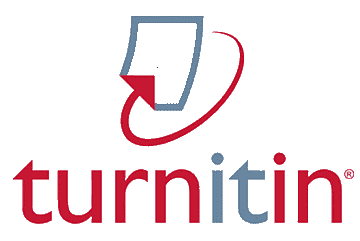Submissions
Submission Preparation Checklist
As part of the submission process, authors are required to check off their submission's compliance with all of the following items, and submissions may be returned to authors that do not adhere to these guidelines.- The submission has not been previously published, nor is it before another journal for consideration (or an explanation has been provided in Comments to the Editor).
- The submission file is in OpenOffice, Microsoft Word, RTF, or WordPerfect document file format.
- Where available, URLs for the references have been provided.
- The submission article have to write according to JINTP Template.
- The text adheres to the stylistic and bibliographic requirements outlined in the Author Guidelines.
- If submitting to a peer-reviewed section of the journal, the instructions in Ensuring a Blind Review have been followed.
Copyright Notice
The authors of the submitted manuscript have to understand and agree that the copyrights published are held by Jurnal Ilmu Nutrisi dan Teknologi Pakan. Copyrights includes rights in reproducing, distributing and selling every section of articles in all forms and media. The copyright transfer form is signed by the corresponding author. The author”
• Creative Commons Attribution (CC BY)
you are allowed to:
Share – copy and redistribute the material in any medium or format
Adapt – remix, transform, and build upon the material
for any purpose, even commercially.
The licensor cannot revoke these freedoms as long as you follow the license terms.
Jurnal Ilmu Nutrisi dan Teknologi Pakan (Nutrition and Feed Technology Journal)

This work is licensed under a Creative Commons Attribution 4.0 International License.
Privacy Statement
The authors of the submitted manuscript have to understand and agree that the copyrights published are held by Jurnal Ilmu Nutrisi dan Teknologi Pakan. Copyrights includes rights in reproducing, distributing and selling every section of articles in all forms and media. The copyright transfer form is signed by the corresponding author. The author”
• Creative Commons Attribution (CC BY)
you are allowed to:
Share – copy and redistribute the material in any medium or format
Adapt – remix, transform, and build upon the material
for any purpose, even commercially.
The licensor cannot revoke these freedoms as long as you follow the license terms.
Jurnal Ilmu Nutrisi dan Teknologi Pakan (Nutrition and Feed Technology Journal)

This work is licensed under a Creative Commons Attribution 4.0 International License.











